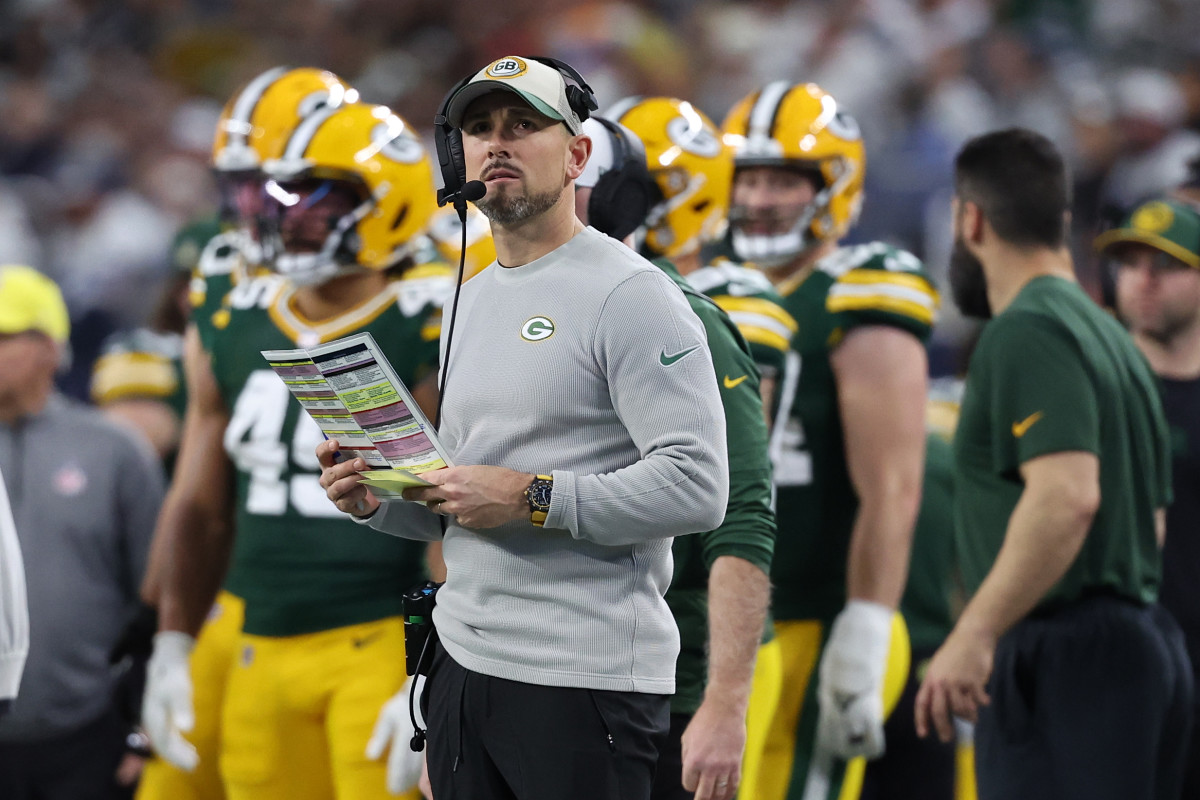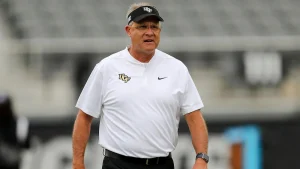
Coaching changes around the league indicate that it is more difficult than ever to attain longevity in professional football, but Green Bay’s faith in its ‘draft and develop’ strategy suggests otherwise.
First, a word about the Green Bay Packers. As you know, I am a huge fan, thanks in part to working, living, and raising my boys (who are still devoted fans) there. We went to the Dallas Cowboys’ surprising blowout on Sunday, and it was a terrific day for us. But, even without my affiliation with the Packers, I believe I would still appreciate them. I not only have experience as part of it, but I also fully appreciate “The Packer Way.”

What is “The Packer Way?” It’s quite simple. Slow and steady. Draft and develop. No fast remedies. Trust the scouting and draft boards. Trustworthy coaches will not be scared (as many coaches are) to start young and inexperienced players. Draft a quarterback who has the potential to be “the guy” long before you need one. Re-sign key players before they reach the point of no return in free agency. It is neither glamorous or seductive, and there are few, if any, big free-agent signings. That being said, I get it. Most fans and media prefer the showy free agent signings and major moves, and patience does not sell well. But it works.
Of course, the Packers’ season may come to an end on Saturday against the San Francisco 49ers, but what a ride it has been. Many predicted them to be a bottom-feeding club, with Jordan Love a flop, the defensive coordinator dismissed, and the post-Aaron Rodgers era beginning to seem dismal. But here they are, rebuilding while winning, with the league’s youngest squad and a Rodgers-sized $40 million cap hole. And Green Bay has as promising a future as any NFL franchise.
Yes, I’m prejudiced. But I like franchises that follow principled formulae for long-term success. Whether or not I was a part of it, the Packers are a model franchise.
The end of the regular season and the start of the playoffs are usually a period of transition in the NFL. And change is more of a constant in the NFL’s business today than it has ever been.
As of Tuesday, there were eight head coaching positions for NFL teams (one filled, in New England), based on firings and “mutual agreements to part” during and after the season. By simple calculation, that equates to one-quarter of all head coaching positions. That level of turnover is astounding; if it happened every year, the whole head coaching roster would be replaced every four years. When the phrase “NFL” stands for “Not For Long,” it generally refers to players, but it also pertains to head coaching positions more than ever before.





